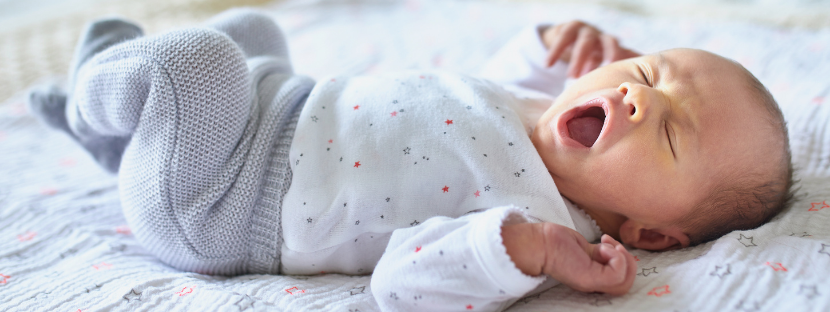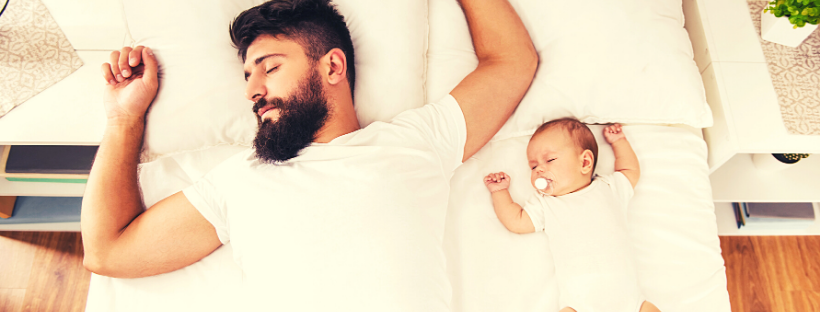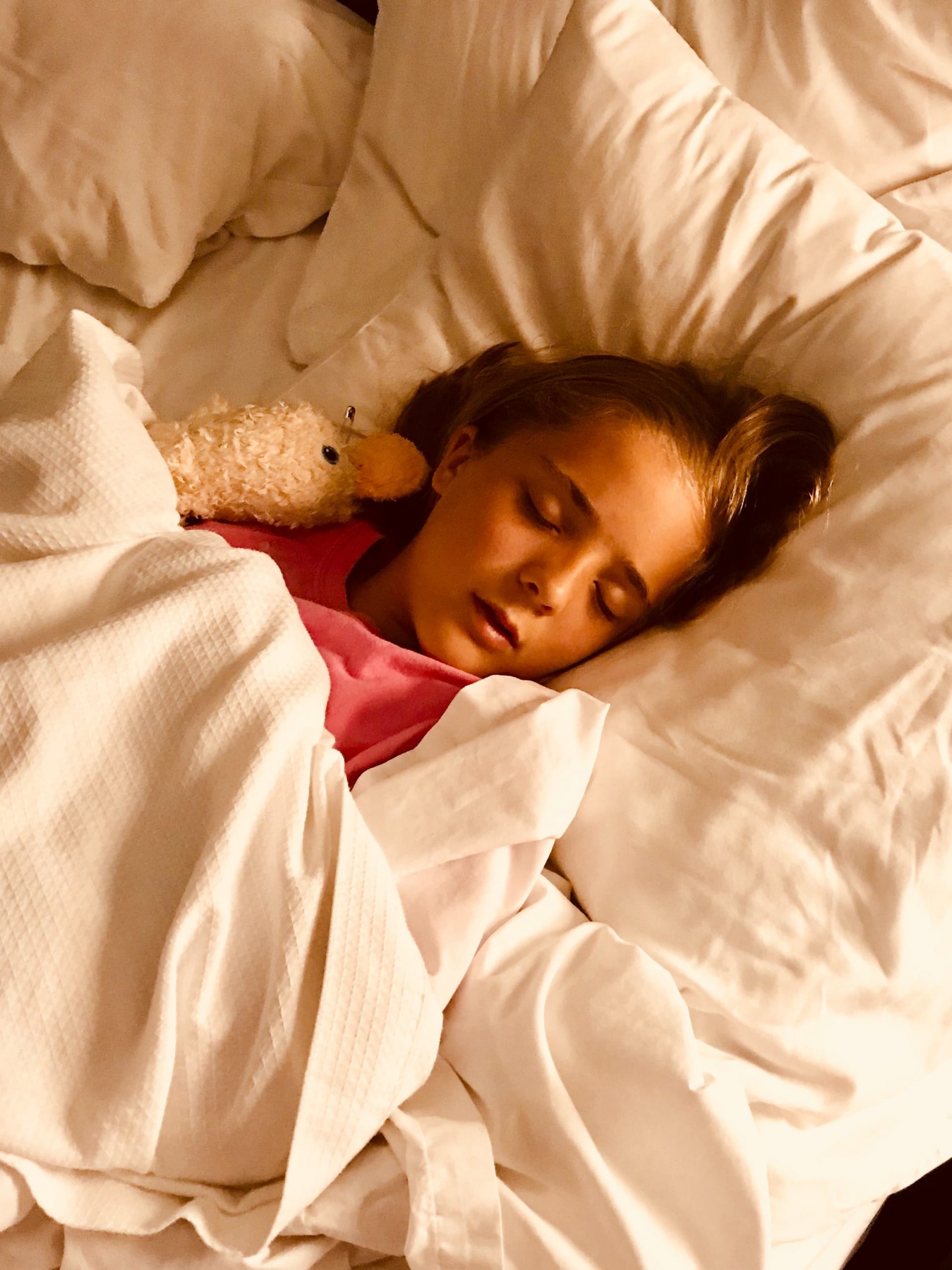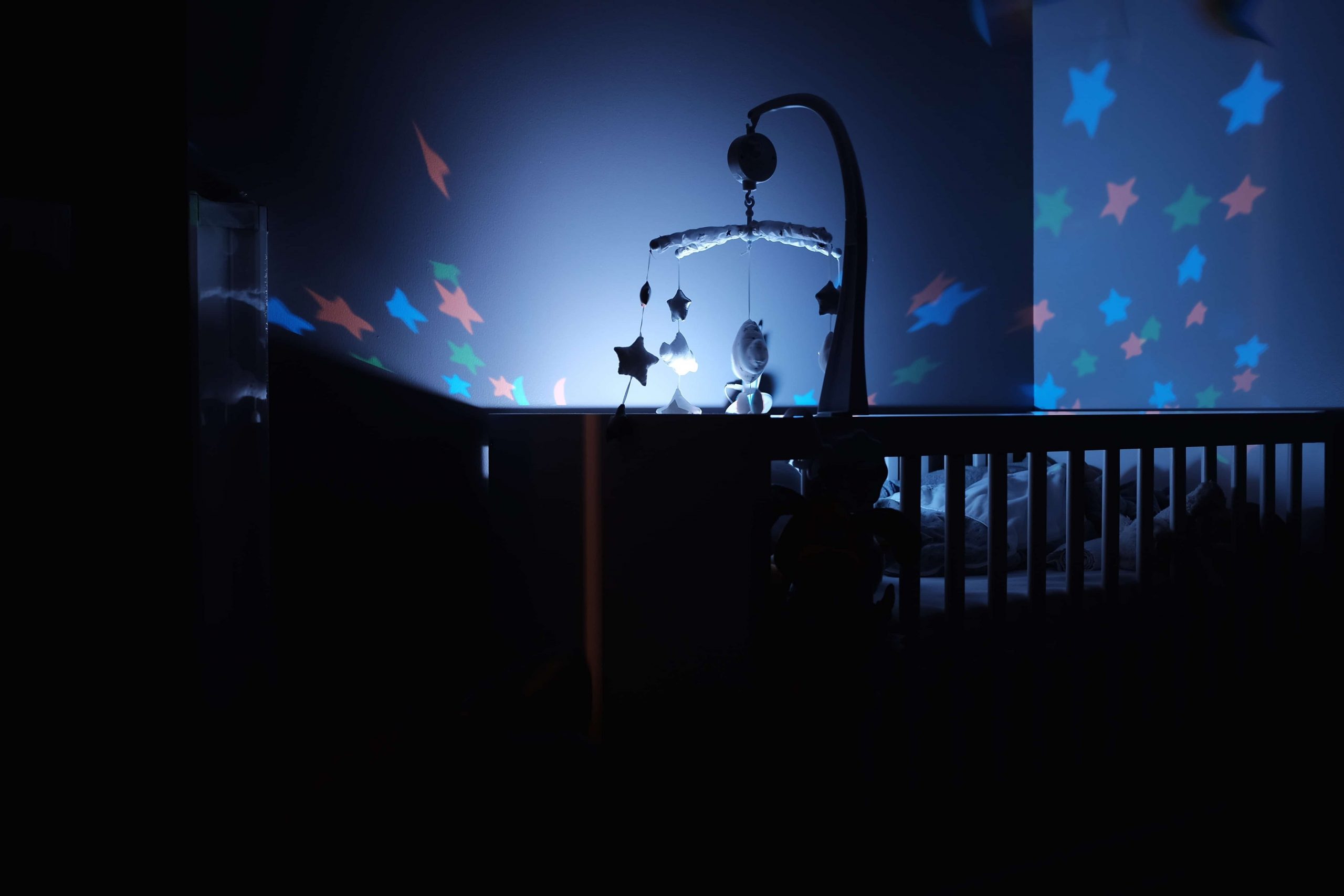
Baby Sleep and the Seasons: How sleep changes with shorter days
2020 has had its fair share of shakeups (to say the least). Now that we’re settling into winter, there may be another […]

Identifying Your Baby’s Sleep Style
Navigating newborns and infants are challenging for any parent. But identifying their sleep style or patterns can be even tougher, especially when […]

5 Bedtime Routine Mistakes to Avoid
Bedtime routines are crucial for a good night’s sleep for everyone — babies, toddlers, and parents. But if your little ones are […]

Tips for managing sleep schedules when homeschooling
With coronavirus cases still on the rise in parts of the U.S. (as of August 2020), many schools are opting to continue […]

Daylight Saving Time: How to Get Baby Back on Schedule
If you’re not living in one of the few states who don’t observe Daylight Saving Time, there are ways to get your baby’s internal clock back on schedule.